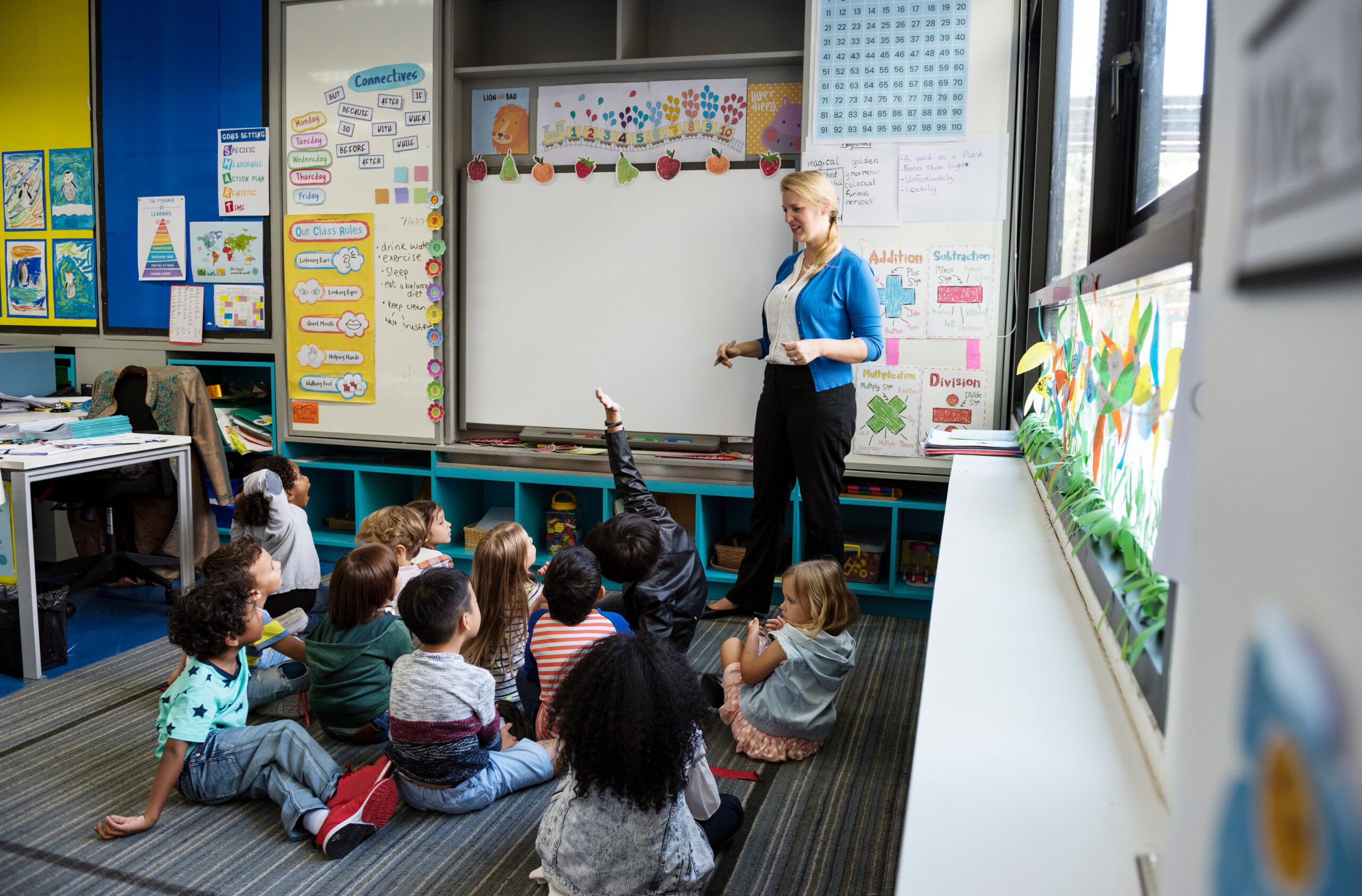
6 Steps to Maximize Instructional Visits
Armed with these strategies, assistant principals (APs) can make the most of instructional visits—leading to strong AP-teacher relationships, improved student outcomes, and a school climate built on trust and a shared commitment to student success.
Topics: Assistant Principals, Teacher Effectiveness
Serving as an instructional leader is one of the most important jobs administrators have. Classroom visits are often overshadowed by other pressing issues such as addressing behaviors, discipline, parent concerns—you name it—especially for those in the assistant principal role. However, administrators must pre-plan and protect this time to support teachers and increase student achievement.
Here are some steps and strategies that I have found effective in maximizing my instructional visits as an assistant principal.
1. Identify Goals
Before instructional visits start, it’s important to have a plan, starting with your goals for each visit. A helpful place to start is identifying “the who,” “the what,” and “the why” of your instructional visits.
- The Who: Identify grade levels, subject areas, or teachers to prioritize for instructional visits.
- The What: Select an area of focus such as a subject area, questioning techniques, classroom management, instructional strategies, student engagement, or feedback implementation.
- The Why: Inspect what you expect! Is the visit necessary to provide support, improve instruction, assess student engagement, or monitor classroom management?
2. Schedule Visits
Once you’ve outlined the goals for your instructional visits, it’s time to schedule them. As you review the calendar for openings, keep in mind the timeframe and availability based on the master schedule and school event calendar.
Then place instructional visits on your work calendar and notify teachers, teams, or grade levels of tentatively scheduled visits. Ahead of the visit, make sure the teachers know what type of instructional visit it’ll be, such as informal or formal.
Treat this time as a priority. Inform secretaries of scheduled instructional visits and the importance of protecting this time.
3. Review Lesson Plans and Resources
Ahead of the visit, review curriculum resources, such as scope and sequence, year-at-a-glance, and curriculum guide, and the lesson plan to identify the standards being addressed, lesson objectives, lesson steps, and lesson closing. Consider the supplemental resources and activities to be used in the lesson, too.
4. Take Notes
During the instructional visit, take notes. I typically take my notepad and pen or my laptop. I prefer to use a notepad and pen to take notes and leave immediate feedback. Here are some tips to figure out your style of notetaking and providing feedback:
- Determine whether you will use an electronic device to type notes during the visit or if you will use pen and paper.
- Identify what type of notes and information you would like to collect. Does the visit require scripting, ticking, check list, or charting?
- Use short-hand, abbreviations, or symbols to jot down notes.
- Focus on what you see and hear: Write down only what you see on the board, what’s happening in the room, and what the teacher and students are doing—and what you hear being the teacher and students saying.
5. Provide Feedback
After your instructional visit, it’s important to carve out time to review your notes and the feedback you shared, checking for clarity. This is another opportunity to tailor the feedback and next steps to a style that works for you—and for the teachers.
- Provide feedback: You can give feedback in various ways. I like to always leave them with a note before leaving the class that typically gives a brief overview of what was posted on the board and what I saw and heard during observation, as well as a positive “glow” and a “grow” phrased as a point to ponder. Always find a positive—no matter how difficult it might be—when providing feedback to encourage and uplift your teachers. Starting with positives helps teachers become more receptive to the feedback and suggestions needed to impact change.
- Identify next steps: Identify potential next steps and researched-based strategies to share with the teacher. Include any strategies your building or district is currently emphasizing as an expectation here.
- Schedule a feedback session: If the visit warrants further discussion and support, then schedule a time to meet with the teacher to discuss the visit, next steps, and to put a plan in place together.
6. Follow Up
Following up with teachers is key. If you share a strategy or make a plan, follow up with the teacher afterward. It is essential not to leave the teacher hanging and to communicate with them if plans change. Communication and building relationships breed trust between administrators and teachers—and using these strategies for observations can help you identify clear expectations.
Teachers do not know what to expect if you do not communicate your expectations to them. It’s important to not assume they know what’s expected and to instead be clear, concise, and honest when communicating with teachers.
Knowing your teachers and being able to speak to their strengths and weaknesses allows you to provide relevant feedback. The more time you spend in the classroom with your teachers, the more comfortable they will be sharing the classroom space with you and trusting the suggestions you give them.
Administrators who prepare for observations ahead of time, who are intentional about sticking to their plan and showing up for the instructional visit, and who provide teachers with frequent and relevant feedback will reap the biggest rewards from their instructional visits—leading to strong relationships between administrators and teachers, improved student outcomes, and a school climate built on trust and a shared commitment to student success.
Kimberly Allen is assistant principal at Paul Laurence Dunbar Elementary School in East St. Louis, Illinois.

